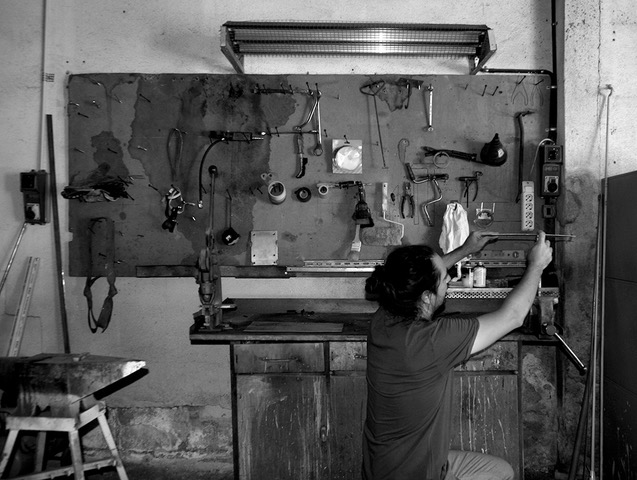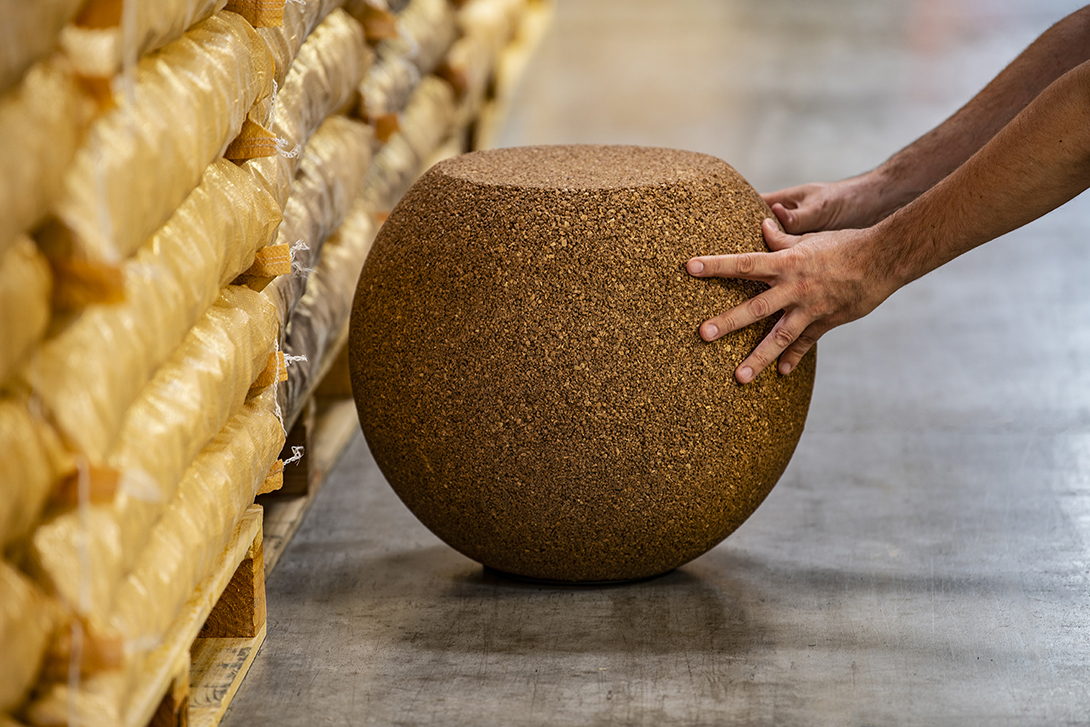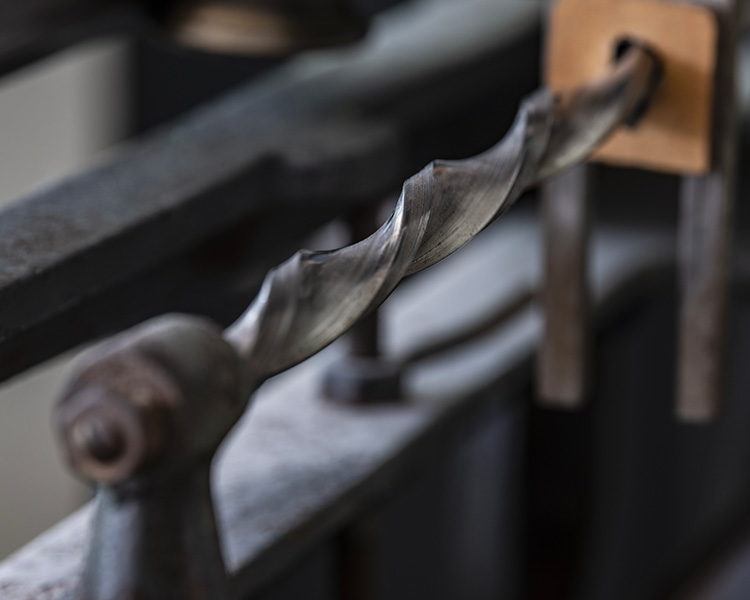The aesthetics of the future
Working
The future is craftsmanship

The future of the global economy passes through a technical osmosis between craftsmanship and industrial skills that blend together to achieve a more sustainable production.


Recycling begins to become a necessity to cope with a planetary environmental emergency and highlights the central role played by the search for new innovative technologies and the ability to process new materials.
In recent years, studies aimed at developing new technologies have intensified not only for profits, but also for the potentialities of the sector; indeed, waste currently represents one of the greatest opportunities for the sustainable growth of the global economy in need of primary resources.
Waste is an enormous reserve of resources and their processing technology becomes fundamental; for many years, craftsmanship and manual activities have been considered as a legacy of the past, but it is clear that only technological research can design the future.


The processing of the CORE requires specific technology and refined manual skill.
The non-solid CORE is cast inside molds that determine the basic shape of the objects in the Suber Collection. After 20 days in which the material slowly solidifies, the mold is opened and the shape is worked and finished manually and then assembled with the other materials.
The result is a product that is smooth and pleasant to the touch as well as light and ductile as much as cork is – the original material from which it is made.
The assembly and packaging of each object in the Suber Collection have been designed to minimize the use of other raw materials (i.e. steel, glass and cardboard) which are also completely recyclable.



